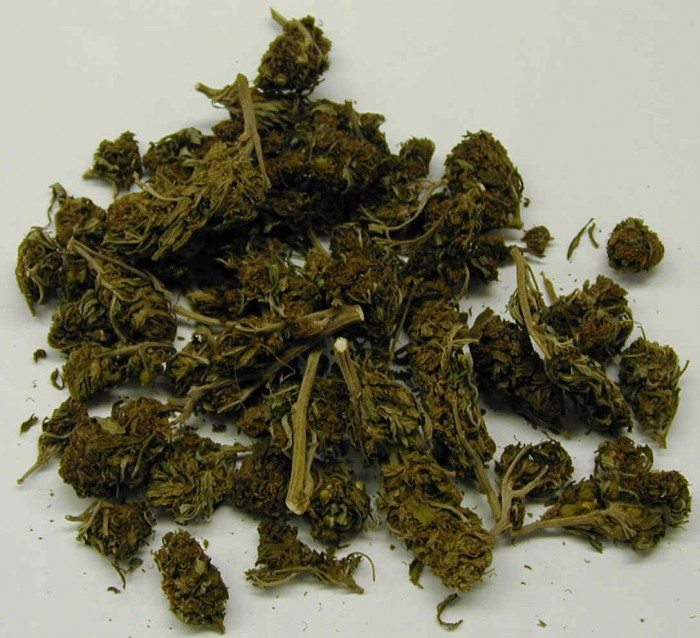Thanks to Saturday Night Live, now everyone is up on New York City’s new marijuana policy. If you missed it, here’s the clip.
And legally, it was correct: From now on, merely possessing less than 25 grams of weed in public won’t get you arrested. But it will get you a summons, and you’ll have to take a trip to court and pay a fine.
The last part of the video is also correct: Smoking it in public will land you in lockup.
Treating smoking differently probably makes sense from a public-policy perspective; New York City likely has an interest in keeping the air unobstructed and family-friendly for tourists and visitors.
But there’s a fundamental flaw with the video—a detail that, it turns out, is also a key problem with the new pot policy as a whole: Arrests for possession of small amounts of marijuana is chiefly an issue affecting blacks and Latinos, not well-off New Yorkers residing in gentrified areas of Brooklyn.
In the SNL clip, nearly all of the residents awakening to the “new day” of marijuana policing are affluent, light-skinned men and women residing in beautiful, late-19th-century brownstones. The neighborhood looks a lot like Park Slope or Prospect Heights.
That’s a fiction because that’s not the kind of crowd marijuana enforcement has hit hardest. A report issued by the Drug Policy Alliance last month showed that 86 percent of arrestees for pot between January and August —the Bill de Blasio era— are black and Latino. The rate of arrests for whites in the same period was only 10 percent.
The kicker, though, is that the vast majority of arrestees weren’t flaunting the pot in public; they either had it tucked in their pockets or stashed in their cars or belongings. All of this was legal, even before the new mayor took office.
But because of stop-and-frisk and “clean halls,” which subjected hundreds of thousands of young people of color in poorer neighborhoods to unjustified detentions and patdowns, the pot—like magic—appeared in plain view. And once visible to police, it suddenly became a criminal offense.
This, of course, carried a bevy of consequences: a criminal record, difficulty obtaining employment, loss of public benefits and housing, and no more financial aid to pay for school. None of this had an impact on more affluent white kids, even the unlucky few who did get caught.
Which is why the shift to a summons for possessing marijuana is not necessarily better for minority youth. It’s not better because even paying a fine or missing a day’s work can have untold effects. And worse, who’s to say that the NYPD won’t continue targeting young men of color.
A class-action lawsuit pending in federal court in New York contends exactly that: that police issued in excess of 700,000 summonses without any kind of probable cause, just for the sake of meeting quotas. If a judge rules in the class’s favor, there’ll be more reason to doubt the good intentions behind issuing summons for mere pot possession. As it stands, the summons system is a mess.
With so many lingering questions about the new policy, perhaps it’s time New York underwent true marijuana reform, including fairer policing, a more streamlined summons system, and—why not—decriminalization once and for all.
Until then, New Yorkers of color will have little reason to laugh at a dreadlocked Woody Harrelson carrying a bong in public.
***
Cristian Farías is a writer and lawyer. You can follow him @cristianafarias.



